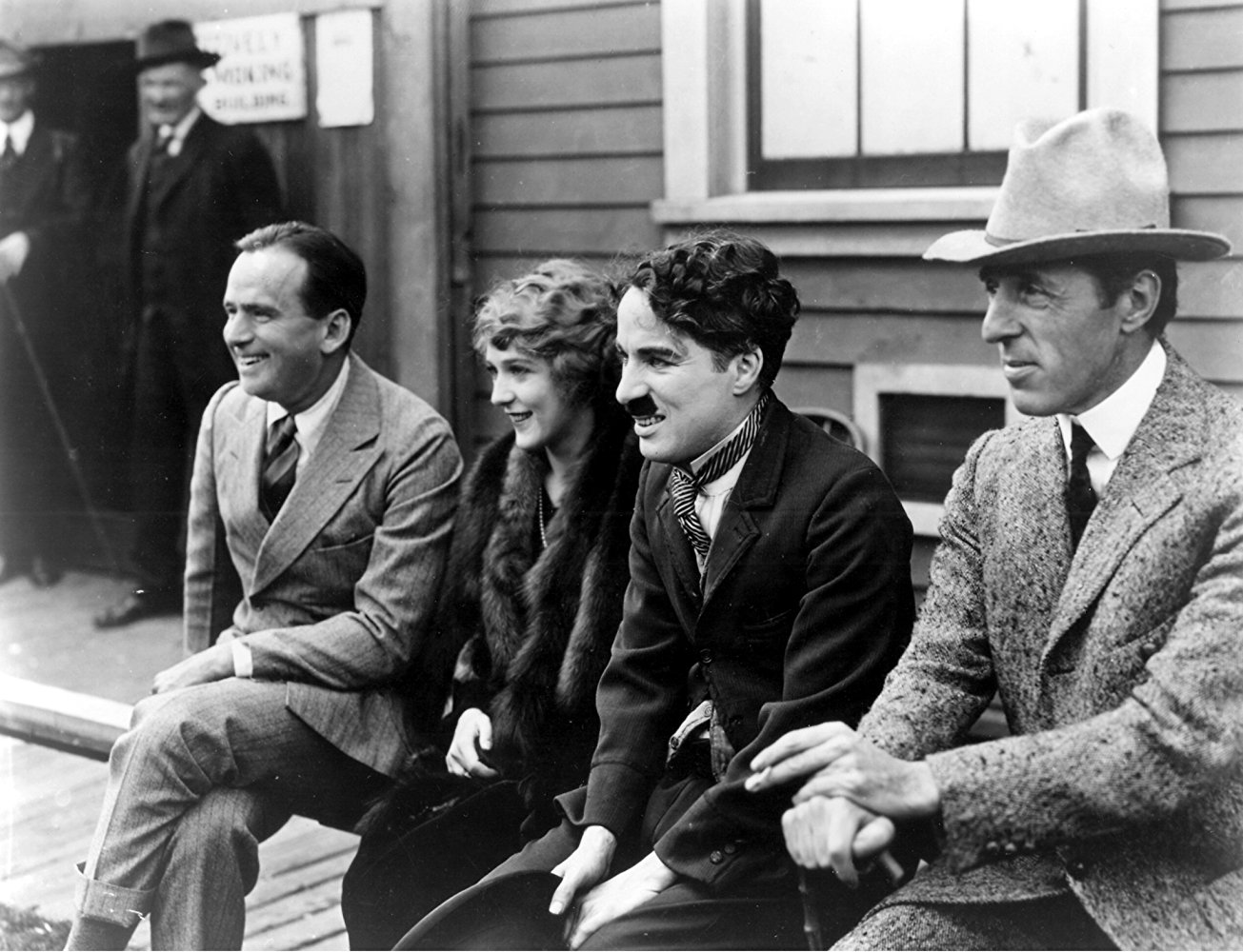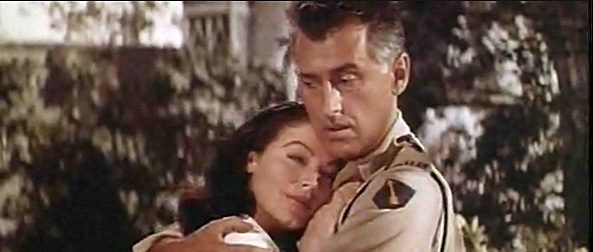|
Battle Of Britain (film)
''Battle of Britain'' is a 1969 British war film directed by Guy Hamilton, and produced by Harry Saltzman and S. Benjamin Fisz. The film documents the events of the Battle of Britain. The film drew many respected British actors to accept roles as key figures of the battle, including Laurence Olivier as Air Chief Marshal Hugh Dowding, 1st Baron Dowding, Sir Hugh Dowding, Trevor Howard as Air Vice-Marshal Keith Park, and Patrick Wymark as Air Vice-Marshal Trafford Leigh-Mallory. It also starred Michael Caine, Christopher Plummer, and Robert Shaw (actor), Robert Shaw as Squadron Leaders. The script by James Kennaway and Wilfred Greatorex was based on the book ''The Narrow Margin'' by Derek Wood (author), Derek Wood and Derek Dempster. The film endeavoured to be an accurate account of the Battle of Britain, when in the summer and autumn of 1940 the British RAF inflicted a strategic defeat on the ''Luftwaffe'' and so ensured the cancellation of Operation Sea Lion, Adolf Hitler's plan ... [...More Info...] [...Related Items...] OR: [Wikipedia] [Google] [Baidu] |
Guy Hamilton
Mervyn Ian Guy Hamilton, DSC (16 September 1922 – 20 April 2016) was an English film director. He directed 22 films from the 1950s to the 1980s, including four James Bond films. Early life Hamilton was born in Paris on 16 September 1922, where his English parents were living, and attended school in England. His first exposure to the film industry came in 1938, when he was a clapperboard boy at the Victorine Studios in Nice. At the outbreak of the Second World War in 1939, Hamilton escaped from France by the MV ''Saltersgate'', a collier bound for French North Africa; one of the other 500 refugees aboard was W. Somerset Maugham. Having travelled from Oran to Gibraltar before arriving in London, he worked in the film library at Paramount News before being commissioned in the Royal Navy; he served in the 15th Motor Torpedo Boat 718 Flotilla, a unit that ferried agents into France and brought downed British pilots back to England. During this service, he was left behin ... [...More Info...] [...Related Items...] OR: [Wikipedia] [Google] [Baidu] |
Patrick Wymark
Patrick Wymark (11 July 192620 October 1970) was an English stage, film and television actor. Early life Wymark was born Patrick Carl Cheeseman in Cleethorpes, Lincolnshire. He was brought up in neighbouring Grimsby and frequently revisited the area at the height of his career. He was educated at St Mary's Catholic School and Wintringham Boys' Grammar School in Grimsby, before joining the Royal Navy and serving as a midshipman in the Mediterranean. On leaving the navy, he received a government grant to study at University College London, where he read English and performed in the university's dramatic society. Career Wymark dropped out of university to train at the Bristol Old Vic Theatre School and making his first stage appearance in a walk-on part in ''Othello'' in 1951. He toured South Africa the following year and then directed plays for the drama department at Stanford University, California. After moving to the Shakespeare Memorial Theatre in Stratford-upon-Avon, Wymar ... [...More Info...] [...Related Items...] OR: [Wikipedia] [Google] [Baidu] |
Trafford Leigh-Mallory
Air Chief Marshal Sir Trafford Leigh-Mallory, (11 July 1892 – 14 November 1944) was a senior commander in the Royal Air Force. Leigh-Mallory served as a Royal Flying Corps pilot and squadron commander during the First World War. Remaining in the newly formed RAF after the war, Leigh-Mallory served in a variety of staff and training appointments throughout the 1920s and 1930s. During the pre-Second World War build-up, he was Air Officer Commanding (AOC) No. 12 (Fighter) Group and shortly after the end of the Battle of Britain, took over command of No. 11 (Fighter) Group, defending the approach to London. In 1942 he became the Commander-in-Chief (C-in-C) of Fighter Command before being selected in 1943 to be the C-in-C of the Allied Expeditionary Air Force, which made him the air commander for the Allied Invasion of Normandy. In November 1944, en route to Ceylon to take up the post of Air Commander-in-Chief South East Asia Command, his aircraft crashed in the French Alps and ... [...More Info...] [...Related Items...] OR: [Wikipedia] [Google] [Baidu] |
Keith Park
Air Chief Marshal Sir Keith Rodney Park, (15 June 1892 – 6 February 1975) was a New Zealand-born officer of the Royal Air Force (RAF). During the Second World War, his leadership of the RAF's No. 11 Group was pivotal to the Luftwaffe's defeat in the Battle of Britain. Born in Thames, Park was a mariner when he enlisted in the New Zealand Expeditionary Force for service in the First World War. Posted to the artillery, he fought in the Gallipoli campaign, partway through which he transferred to the British Army. On the Western Front, he was present for the Battle of the Somme and was injured. He obtained another transfer, this time to the Royal Flying Corps. Once his flight training was completed, he served as an instructor before being posted to serve with No. 48 Squadron on the Western Front. He became a flying ace, achieving a number of aerial victories and eventually becoming commander of the squadron. In the postwar period, he served with the RAF in a series of c ... [...More Info...] [...Related Items...] OR: [Wikipedia] [Google] [Baidu] |
Air Vice-Marshal
Air vice-marshal (AVM) is a two-star air officer rank which originated in and continues to be used by the Royal Air Force. The rank is also used by the air forces of many countries which have historical British influence and it is sometimes used as the English translation of an equivalent rank in countries which have a non-English air force-specific rank structure. Air vice-marshal is a two-star rank and has a NATO ranking code of OF-7. It is equivalent to a rear-admiral in the Royal Navy or a major-general in the British Army or the Royal Marines. In other NATO forces, such as the United States Armed Forces and the Canadian Armed Forces, the equivalent two-star rank is major general. The rank of air vice-marshal is immediately senior to the rank air commodore and immediately subordinate to the rank of air marshal. Since before the Second World War it has been common for air officers commanding RAF groups to hold the rank of air vice-marshal. In small air forces ... [...More Info...] [...Related Items...] OR: [Wikipedia] [Google] [Baidu] |
Hugh Dowding, 1st Baron Dowding
Air Chief Marshal Hugh Caswall Tremenheere Dowding, 1st Baron Dowding, (24 April 1882 – 15 February 1970) was an officer in the Royal Air Force. He was Air Officer Commanding RAF Fighter Command during the Battle of Britain and is generally credited with playing a crucial role in Britain's defence, and hence, the defeat of Adolf Hitler's plan to invade Britain. Born in Moffat, Scotland, Dowding was an officer in the British Army in the 1900s and early 1910s. He joined the Royal Flying Corps at the start of the First World War and went on to serve as a fighter pilot and then as commanding officer of No. 16 Squadron. During the inter-war years he became Air Officer Commanding Fighting Area, Air Defence of Great Britain and then joined the Air Council as Air Member for Supply and Research. In July 1936, Dowding was appointed chief of the newly created RAF Fighter Command. During the Battle of Britain in the Second World War, Dowding's Fighter Command successfully defended the ... [...More Info...] [...Related Items...] OR: [Wikipedia] [Google] [Baidu] |
Air Chief Marshal
Air chief marshal (Air Chf Mshl or ACM) is a high-ranking air officer originating from the Royal Air Force. The rank is used by air forces of many countries that have historical British influence. An air chief marshal is equivalent to an Admiral in a navy or a full general in an army or other nations' air forces. The rank of air chief marshal is immediately senior to the rank of air marshal but subordinate to marshal of the air force. Air chief marshals are sometimes generically considered to be air marshals. Royal Air Force use and history Origins Prior to the adoption of RAF-specific rank titles in 1919, it was suggested that the RAF might use the Royal Navy's officer ranks, with the word "air" inserted before the naval rank title. For example, the rank that later became air chief marshal would have been air admiral. The Admiralty objected to any use of their rank titles, including this modified form, and so an alternative proposal was put forward: air-officer r ... [...More Info...] [...Related Items...] OR: [Wikipedia] [Google] [Baidu] |
Battle Of Britain
The Battle of Britain, also known as the Air Battle for England (german: die Luftschlacht um England), was a military campaign of the Second World War, in which the Royal Air Force (RAF) and the Fleet Air Arm (FAA) of the Royal Navy defended the United Kingdom (UK) against large-scale attacks by Nazi Germany's air force, the Luftwaffe. It was the first major military campaign fought entirely by air forces."92 Squadron – Geoffrey Wellum." ''Battle of Britain Memorial Flight'' via ''raf.mod.uk.''. Retrieved: 17 November 2010, archived 2 March 2009. The British officially recognise the battle's duration as being from 10 July until 31 October 1940, which overlaps the period of large-scale night attacks known as |
War Film
War film is a film genre concerned with warfare, typically about naval, air, or land battles, with combat scenes central to the drama. It has been strongly associated with the 20th century. The fateful nature of battle scenes means that war films often end with them. Themes explored include combat, survival and escape, camaraderie between soldiers, sacrifice, the futility and inhumanity of battle, the effects of war on society, and the moral and human issues raised by war. War films are often categorized by their milieu, such as the Korean War; the most popular subject is the Second World War. The stories told may be fiction, historical drama, or biographical. Critics have noted similarities between the Western and the war film. Nations such as China, Indonesia, Japan, and Russia have their own traditions of war film, centred on their own revolutionary wars but taking varied forms, from action and historical drama to wartime romance. Subgenres, not necessarily distinct, ... [...More Info...] [...Related Items...] OR: [Wikipedia] [Google] [Baidu] |
United Artists
United Artists Corporation (UA), currently doing business as United Artists Digital Studios, is an American digital production company. Founded in 1919 by D. W. Griffith, Charlie Chaplin, Mary Pickford, and Douglas Fairbanks, the studio was premised on allowing actors to control their own interests, rather than being dependent upon commercial studios. UA was repeatedly bought, sold, and restructured over the ensuing century. Metro-Goldwyn-Mayer acquired the studio in 1981 for a reported $350 million ($ billion today). On September 22, 2014, MGM acquired a controlling interest in entertainment companies One Three Media and Lightworkers Media, then merged them to revive United Artists' television production unit as United Artists Media Group (UAMG). However, on December 14 of the following year, MGM wholly acquired UAMG and folded it into MGM Television. United Artists was again revived in 2018 as United Artists Digital Studios. Mirror, the joint distribution ve ... [...More Info...] [...Related Items...] OR: [Wikipedia] [Google] [Baidu] |
Bert Bates
Bert Bates (18 August 1907 – 23 April 1976) was a British film editor, sometimes credited as A. S. Bates. He worked on more than sixty films during his career. Bates edited his first feature film, '' Many Waters'', in 1931. He went on to be employed by many leading British studios, working on films by directors including Alfred Hitchcock, Anatole Litvak and Carol Reed. Selected filmography * '' Many Waters'' (1931) * ''Brother Alfred'' (1932) * '' Fires of Fate'' (1932) * ''Verdict of the Sea'' (1932) * ''Leave It to Me'' (1933) * '' Heads We Go'' (1933) * '' You Made Me Love You'' (1933) * ''Happy'' (1933) * '' Girls Will Be Boys'' (1934) * '' Man of the Moment'' (1935) * '' It's in the Bag'' (1936) * '' Gypsy'' (1937) * ''The Return of Carol Deane'' (1938) * '' The Midas Touch'' (1940) * ''White Cradle Inn'' (1947) * '' Idol of Paris'' (1948) * '' Under Capricorn'' (1949) * '' The Cure for Love'' (1949) * ''Outcast of the Islands'' (1951) * '' Happy Go Lovely'' (1951) ... [...More Info...] [...Related Items...] OR: [Wikipedia] [Google] [Baidu] |
Freddie Young
Frederick A. Young (9 October 1902 – 1 December 1998) was a British cinematographer. He is probably best known for his work on David Lean's films ''Lawrence of Arabia'' (1962), '' Doctor Zhivago'' (1965) and ''Ryan's Daughter'' (1970), all three of which won him Academy Awards for Best Cinematography. He was often credited as F. A. Young. He was also director of photography on more than 130 films, including many other notable productions, such as '' Goodbye, Mr Chips'' (1939), '' 49th Parallel'' (1941), '' Lust for Life'' (1956), ''The Inn of the Sixth Happiness'' (1958), ''Lord Jim'' (1965), ''Battle of Britain'' (1969), ''Nicholas and Alexandra'' (1971), and the James Bond film '' You Only Live Twice'' (1967). He was also the first British cinematographer to film in CinemaScope. Young co-wrote ''The Work of the Motion Picture Cameraman'' with Paul Petzold, published in 1972 (Focal Press, London). Young served as a captain and chief cameraman of the British Army's Kinemat ... [...More Info...] [...Related Items...] OR: [Wikipedia] [Google] [Baidu] |








